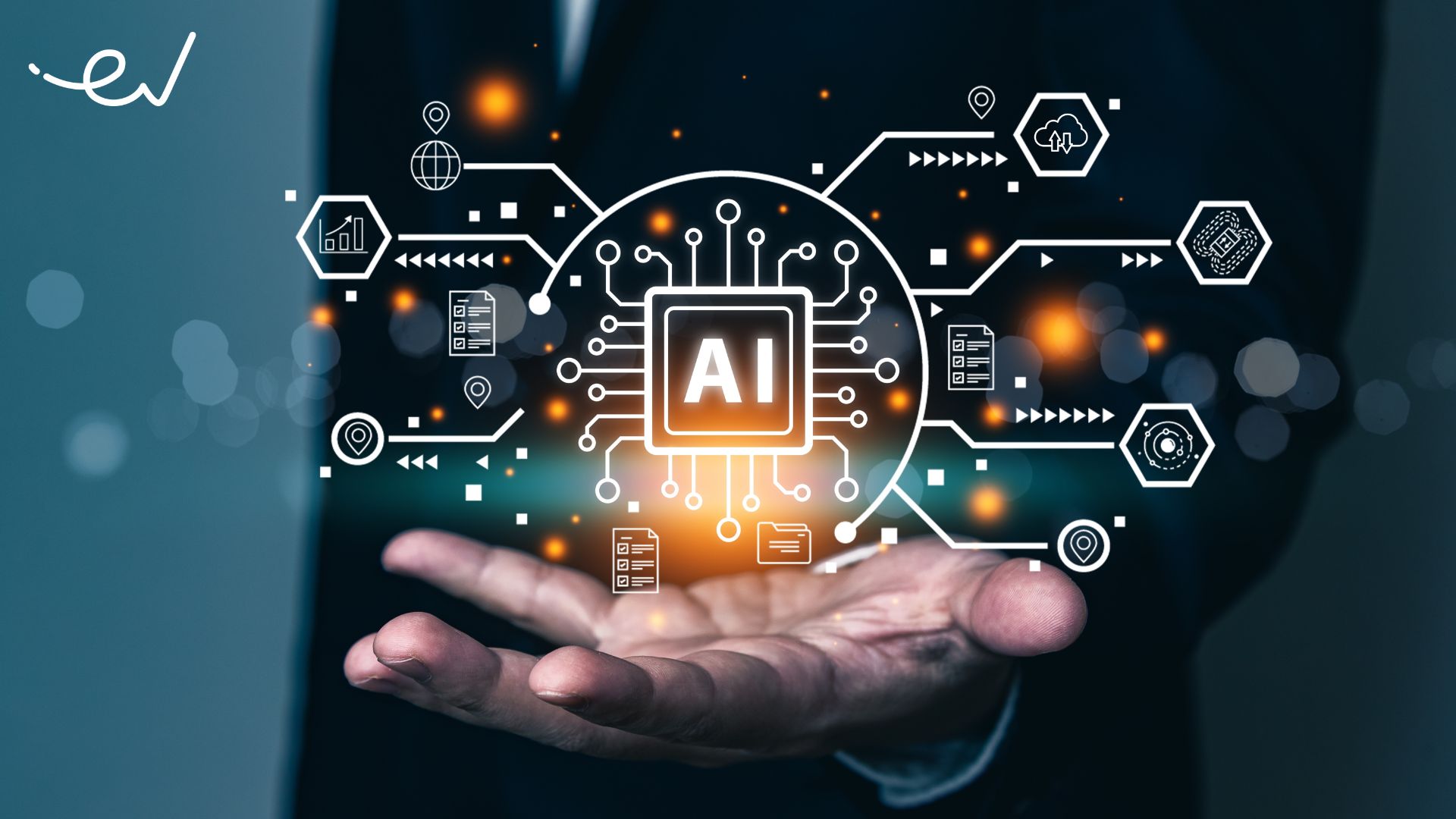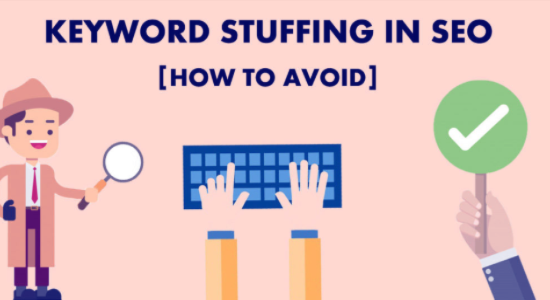
Artificial Intelligence (AI) has become an integral part of modern content creation, revolutionizing how brands connect with their audiences. From automating repetitive tasks to enhancing creativity and boosting productivity, AI tools are shaping the future of digital content. This article explores the hidden formula behind AI-powered content success, delving into the strategies, technologies, and best practices that drive effective content creation in the age of AI.
The Role of AI in Content Creation
AI’s role in content creation has evolved significantly over the years. Initially, AI was used primarily for basic tasks such as grammar checks and headline generation. However, today, AI-powered tools have advanced to a point where they can generate human-like text, understand context, and even adapt to different tones and styles. This evolution has transformed AI from a simple automation tool to a genuine creative partner.
Key Technologies Driving AI Content Creation
Three key technologies are reshaping how we approach content creation:
- Natural Language Processing (NLP): Modern NLP systems understand semantic relationships and contextual nuances that were impossible just a few years ago. This enables AI to generate content that reflects brand voice and understands audience intent.
- Machine Learning and Generative AI: These systems can analyze vast datasets of successful content to identify patterns in engagement, conversion, and audience response. This data-driven approach helps create content that resonates with specific target audiences.
- AI Algorithms for Content Curation and Distribution: Beyond creation, AI now optimizes when, where, and how content reaches audiences. These systems analyze performance data in real-time to refine distribution strategies for maximum impact.
Types of AI Tools for Content Creation

The market for AI content creation tools is vast and diverse, offering solutions tailored to various needs. Here are some of the most popular types of AI tools used in content creation:
1. AI Writing Assistants
Tools like Jasper, Copy.ai, and OpenAI’s commercial offerings provide writers with assistance in generating content, optimizing SEO, and improving readability. These tools can create outlines, draft articles, and even suggest topic ideas based on user input.
2. AI Content Optimization Tools
These tools help improve the quality and effectiveness of existing content. They analyze content for SEO keywords, readability, and engagement metrics, providing actionable insights to enhance performance.
3. AI Content Curation Tools
AI content curation tools help marketers discover and organize relevant content from various sources. They can also recommend content based on audience preferences and trends, ensuring that the right content reaches the right people at the right time.
4. AI Video and Image Generation Tools
With advancements in AI, tools like DALL-E and MidJourney can generate high-quality images and videos from text prompts. These tools are particularly useful for creating visual content that complements written content.
How AI Benefits Content Creators
AI offers numerous benefits to content creators, making the process more efficient and effective. Here are some of the key advantages:
1. Scaling Content Production Without Sacrificing Quality
One of the most compelling benefits of AI content tools is their ability to dramatically increase high-quality content production. For example, a media client recently approached us with a challenge: they needed to produce specialized content across multiple industry verticals but lacked the budget for dedicated writers in each field. By implementing an AI-assisted workflow, their team achieved:
– 67% increase in content production volume
– 42% reduction in time spent on research
– Consistent quality ratings across all content categories
2. AI-Driven Personalization and Hyper-Targeted Content
Content personalization has evolved from a “nice-to-have” to an “essential” status. AI makes sophisticated personalization possible at scale by analyzing user behavior patterns to predict content preferences and generate personalized content and recommendations. This allows brands to create variations that speak to different buyer personas, leading to higher engagement and conversion rates.
3. SEO Optimization Powered by AI Insights
The relationship between AI and SEO represents one of the most valuable applications of this technology. Modern AI tools can:
– Identify semantic keyword opportunities beyond traditional keyword research
– Predict content gaps in competitive landscapes
– Analyze top-performing content to extract structural patterns
– Recommend content optimizations based on search intent signals
The Challenges and Ethical Concerns
While AI offers numerous benefits, it also presents challenges and ethical concerns that must be addressed. Here are some of the key issues:
1. Struggles with Original Strategic Insights
AI tools often struggle with original strategic insights, as they rely on existing data and patterns. This means that while AI can assist with content creation, it may not always provide the innovative ideas that human creators bring to the table.
2. Limited Ability to Create Truly Novel Ideas
Although AI can generate content that mimics human writing, it lacks the ability to create truly novel ideas. This limitation highlights the importance of human oversight and creativity in the content creation process.
3. Lack of Emotional Intelligence
AI tools may lack the emotional intelligence needed for sensitive topics or emotionally driven messaging. This is particularly important for content that requires a deep understanding of cultural contexts and emotional nuances.
4. Ethical Considerations
The use of AI in content creation raises several ethical considerations, including:
– Transparency with Audiences: Brands should be honest about how and where AI is used in their content creation.
– Avoiding Misinformation: Implementing fact-checking processes for all AI-generated content is essential to prevent the spread of misinformation.
– Representation and Bias: Actively monitoring for and addressing potential biases in AI outputs is crucial to ensure fair representation.
– Attribution and Intellectual Property: Respecting copyright and establishing clear policies on how AI training and outputs relate to intellectual property is important.
Future Trends in AI-Driven Content Creation
The future of AI-driven content creation is exciting, with several emerging trends set to shape the landscape in the coming years. Here are some of the key developments to watch:
1. AI-Generated Videos and Multimedia Content
Text generation represents just the beginning of AI’s creative capabilities. Visual content creation is rapidly advancing, with AI-powered video generation tools capable of creating basic video content from text prompts. These tools can also assist with script and storyboard development, visual editing, and personalized video at scale.
2. AI-Driven Storytelling and Brand Narratives
Storytelling remains central to effective marketing, and AI is increasingly capable of contributing to narrative development. AI can generate story structures, character and scenario development, and adapt core narratives for different channels and formats while maintaining consistency.
3. AI and Real-Time Content Adaptation
Perhaps the most transformative potential of AI lies in creating truly dynamic content experiences. Real-time personalization, contextual adaptation, and interactive content development are becoming more prevalent, allowing brands to engage audiences in meaningful ways.
4. The Evolving AI Content Ecosystem
The future of content creation with AI extends beyond standalone tools to encompass an interconnected ecosystem of specialized solutions and technologies. This includes AI algorithms that can generate coherent and engaging social media posts, as well as integrated workflows that streamline content creation and distribution.
Human Creativity vs. AI: Finding the Right Balance
While AI has made significant strides, it is essential to recognize the unique value that human creativity brings to the table. Here are some key considerations for finding the right balance between AI and human input:
1. Why AI Will Not Replace Human Writers
Despite tremendous advances, AI faces fundamental limitations that preserve the essential role of human writers. These include:
– Experience-Based Insights: AI cannot draw from lived experiences or professional expertise.
– Emotional Intelligence: Truly compelling content often requires understanding emotional nuances and cultural contexts.
– Strategic Vision: While AI excels at pattern recognition, it struggles with the creative leaps and intuitive connections that drive breakthrough content strategies.
– Ethical Judgment: Content decisions often involve complex ethical considerations that require human judgment.
2. AI as a Content Collaborator, Not a Replacement
The most productive perspective views AI as a collaborative partner in the content creation process. This partnership works best when roles are clearly defined:
– Ideal AI Responsibilities: Research compilation, draft generation, optimization recommendations, performance analysis, and repetitive content production.
– Human Responsibilities: Strategic direction, brand voice oversight, emotional elements and storytelling, final quality control, and creative ideation.
At NAV43, we’ve developed a collaborative workflow where content strategists define objectives, AI generates initial drafts, and professional writers refine and enhance the output. This approach has consistently delivered higher-quality content than either humans or AI could produce independently.
3. Striking the Balance Between Automation and Authenticity
Finding the right balance between AI efficiency and human authenticity requires intentional planning and clear guidelines. Here are the principles we follow:
– Maintain Transparency: Always be transparent with audiences about how and where AI is used in content creation.
– Prioritize Value Delivery: The ultimate question isn’t “Was this created by AI?” but rather “Does this content deliver genuine value to our audience?”
– Preserve Brand Voice: AI tools should be trained on brand-specific content to ensure consistency with established voice and messaging.
– Establish Clear Review Processes: Human oversight remains essential, with appropriate review protocols based on content sensitivity and importance.
– Continuous Improvement: Regular evaluation of AI outputs helps refine systems and identify areas where human input adds the most value.
Conclusion
AI-powered content creation is no longer a futuristic concept but a reality that is reshaping the digital marketing landscape. By leveraging the right tools and strategies, brands can scale their content production, enhance personalization, and improve SEO performance. However, it is crucial to strike the right balance between AI and human creativity to ensure that content remains authentic, engaging, and aligned with brand values.
As AI continues to evolve, the future of content creation will be defined by the seamless integration of technology and human expertise. By embracing AI as a collaborative partner, content creators can unlock new levels of efficiency, creativity, and impact, driving success in an increasingly competitive digital world.







